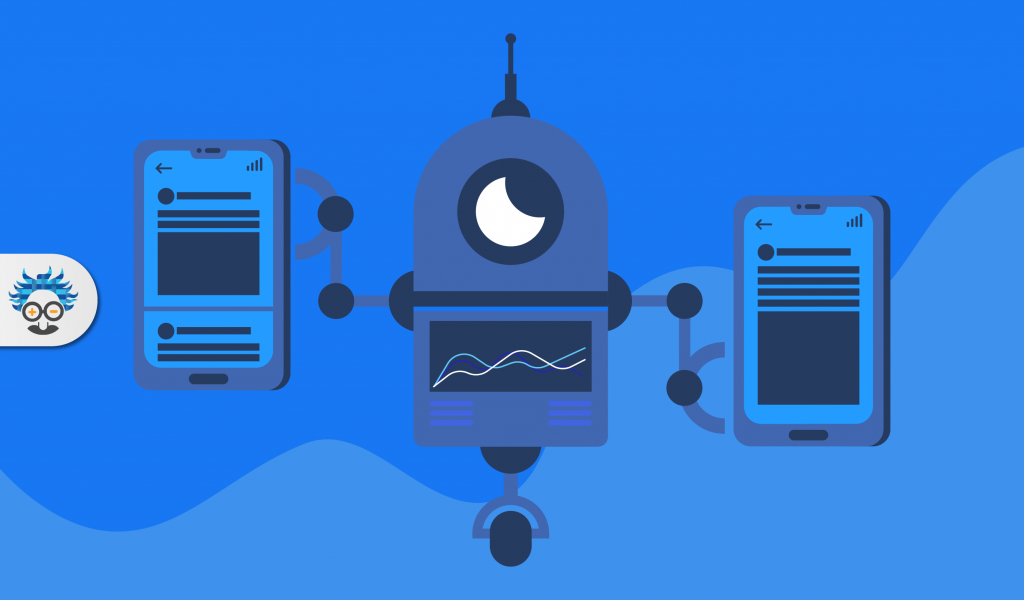The relationship between successful promotion and consumer trends is curiously complex.
As data-driven decision-making becomes more widely used as a marketing tool, it’s essential for marketers to properly interpret those data sets.
Yet the data interpretation process can be widely subjective, and it’s alarmingly easy to make incorrect connections between trends, consumer needs, and product demand.
The correlation versus causation debate is at the heart of the matter. Most of us are familiar with the adage, “correlation does not imply causation.” But what does that mean within the marketing industry?
As we explore the concepts of causation versus correlation and identify their relation to customer attraction and retention, there are several questions to keep in mind:
- For starters, how well do you know your customer base and understand their needs?
- How can you craft a marketing strategy that integrates predictive analysis with empathy, critical thinking, and thoughtfulness?
- Finally, how does new tech, such as artificial intelligence (AI), fit into the equation?
Contents
Defining Correlation and Causation
As writer and digital marketing expert Anthony Figueroa explains in Towards Data Science, “Correlation is a relationship or connection between two variables where whenever one changes, the other is likely to also change.”

That concept seems simple enough, but it’s crucial to remember that correlation is far from infallible. Further, our brains are prone to confuse correlation with causation, due to slight relationships or inherent bias.
The human brain does its best to interpret and organise the myriad forms of information that come its way on a daily basis. When two concepts or ideas are seemingly connected, it becomes easy for us to make assumptions about future events or changes.
Thus, when drawing conclusions from customer data sets, we need to remain aware of our tendency to make connections where none in fact exist. This begs yet another question:
As the human brain is prone to bias, can AI help bridge the gaps?
Where Does AI Technology Fit Into the Equation?
On the surface, it seems logical to assume that AI-based data analytical models are indeed a more accurate alternative to customer research data that’s analysed by humans.
After all, computers aren’t subject to common causes of biased thinking, such as superstitions or an emotional response to a particular subject or idea.
There’s no doubt that AI tech has helped streamline numerous industries and operations. For instance, in the fleet management industry, AI helps to better manage mobile workforce operations while keeping fleets competitive despite industry shifts.

AI’s benefits to organisation notwithstanding, it may be that the tech has difficulty distinguishing between the concepts of correlation and causation.
It’s difficult to fathom that AI can help us determine correlations that can be beneficial to marketing as a whole.
The reasoning behind consumer buying trends can ebb and flow based on myriad factors, from changes in income to current events and celebrity or influencer culture.
While scientists have recently developed general causality models that appear successful, we can’t say with complete certainty that AI doesn’t have its own forms of bias.
As an example, the Multivariate Additive Noise Model (MANM) is touted as a “robust model for general causality that identifies multiple causal connections without time-sequence data.” But MANM’s use is limited to areas such as climate change and economics, where logic and data aren’t influenced by more abstract concepts such as emotions or celebrity-fueled trends.
The Role of Data Analytics
That’s not to say that AI can’t be helpful when it comes to data analytics — marketers around the globe are keenly aware of how data analytics can help a company to reach new and existing customers.
Customer insight has become a major player in the digital marketing world. According to Villanova University, more than 40% of CMOs make business decisions based on customer insight.

The hope of many in leadership positions is that analysing customer insight can increase revenue as well as customer retention.
And that insight can be gleaned from a variety of channels and forms of customer research. Customers can be both reached and their behaviours analysed based on location, personalisation, real-time reporting, and frequency of mobile use.
Here, however, the lines between causation and correlation can become blurry: for instance, we can easily collect data on demographics like age, gender, and location, but other forms of information can be more elusive.
And it’s more difficult to identify causation when we don’t have all of the relevant data to make an informed decision. Perhaps the solution lies in empathy.
Empathy’s Place in the Marketing World
In the same way that humans have a leg up over AI when it comes to critical thinking and making connections, we’re also better at empathy. In marketing, empathy can fuel consumer trust in your brand and products. [click_to_tweet tweet=”True empathy requires a unique combination of authenticity, vulnerability, and imagination.” quote=”True empathy requires a unique combination of authenticity, vulnerability, and imagination.” theme=”style3″]
Cultivating empathy can be as simple as actively listening and responding to customer feedback. For instance, tweeting a response to a concerned (or completely satisfied) customer can go a long way towards keeping that particular customer happy and engaged.

Further, he or she may then spread the word to friends and followers. That personalised attention may then create a dynamic flow of traffic and attention to your business, helping convert prospects into customers.
And that type of personalised engagement is one that’s difficult to predict via traditional methods of correlation.
Of course, it’s easy to make a connection between retention and making a customer feel valued. But outside factors that may play a role in a customer’s decision to purchase a particular product or share your company’s message on social media may be harder to predict.
Therefore, empathy also means that you can’t always make accurate assumptions about the future.
Correlation can indeed be based on hard data analytics, but it may also stem from emotion or more obscure concepts.
Key Takeaways
Ultimately, marketers must determine how to approach the ideas of causation and correlation in a way that benefits their bottom line and prioritises customer engagement.
And at the end of the day, it’s important for marketers to note that the human brain has a tendency towards bias, often stemming from faulty ideas about correlation.
Eliminating bias may thus help a business to grow, but you must ensure that empathy isn’t lost as well.
Empathy directly correlates to customer satisfaction, and may ultimately cause a company to thrive.
Want more marketing guides, strategies and advice? Check out one of our most popular articles:
- Priming in Marketing: Advertising Psychology 101
- Facebook Page Likes: How to Get 1000s For Free!
- Instagram Post Reach: Reach Bigger Audiences on Insta
- Social Media Image Sizes 2020
- About the Author...





